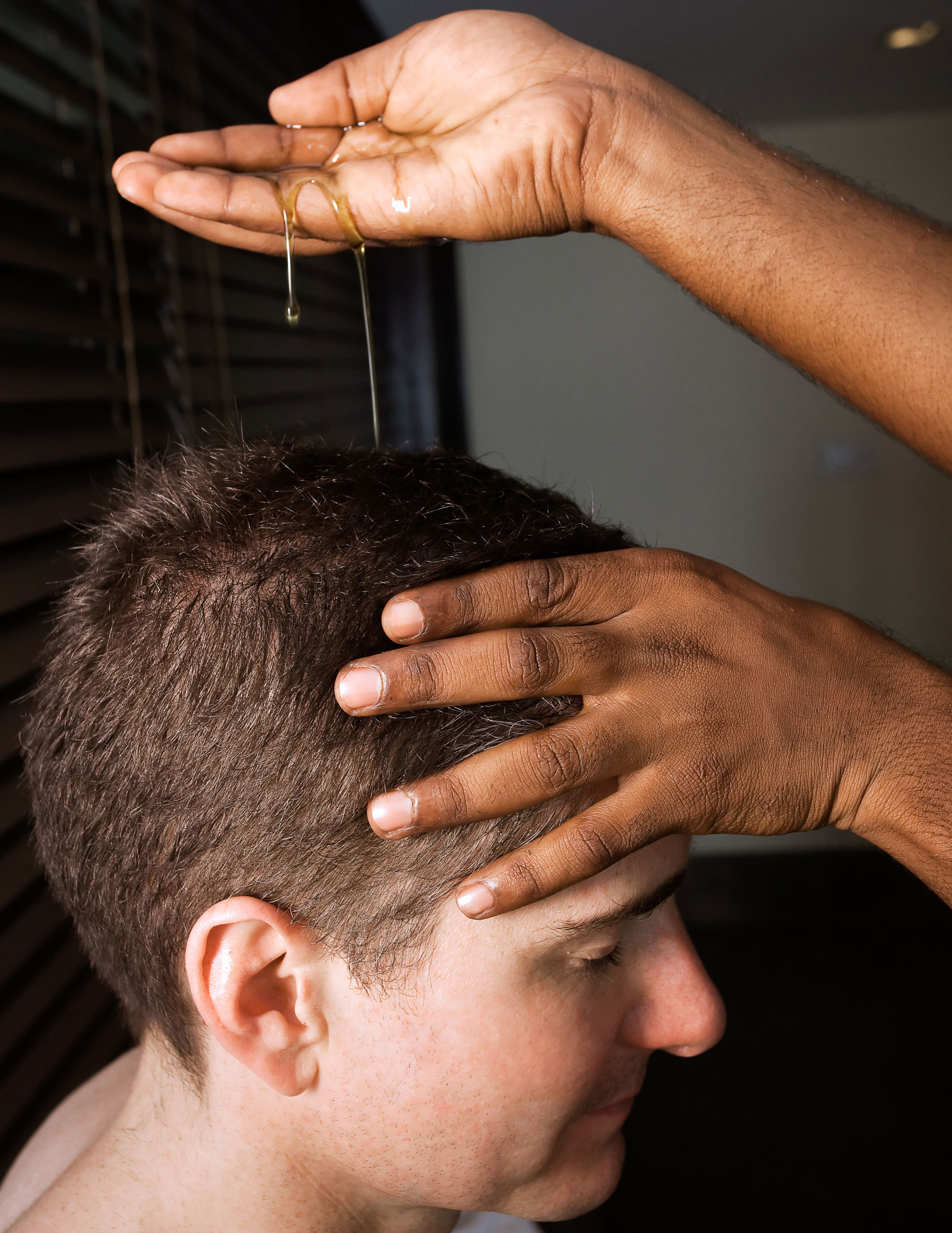 By Daniel Goleman
By Daniel Goleman
An internationally known psychologist who lectures frequently to professional groups, business audiences, and on college campuses.
His 1995 book, Emotional Intelligence was on The New York Times bestseller list for a year-and-a-half; with more than 5,000,000 copies in print worldwide in 30 languages, and has been a best seller in many countries.
Published on http://www.huffingtonpost.com
One of the most upbeat people I know is Richard Davidson, a friend since my grad school days, now a neuroscientist at the University of Wisconsin at Madison and Director of the Center for Investigating Healthy Minds.
Richie, as everyone calls him, has always been one of those people whose mere presence brings a good feeling. And now, because of his research, I know why: I suspect his brain has a beneficial emotional setpoint.
Richie has been studying the emotional dynamics of the brain for decades. Along the way he discovered that when we’re in a down mood — irritable, anxious and grouchy — our brain has high activity in the right prefrontal area, just behind the forehead. But when we’re in an upbeat mood — energized, enthusiastic, optimistic — there’s lots of activity on the left side of the prefrontal area.
Each of us has a typical ratio of left-to-right activity when we’re just at rest. And this ratio predicts fairly well our typical, day-to-day mood range.
There’s a bell curve for this ratio, like the one for IQ: most of us are in the middle, with some good days and some bad days. Those who are tipped to the far right are likely to have clinical levels of depression or anxiety. And those whose setpoint tips far to the left are able to bounce back quickly from upsets.
The good news: we can nudge our setpoint more to the left. Richie teamed up with another old friend, Jon Kabat-Zinn, founder of the mindfulness-based stress reduction (MBSR) program at the University of Massachusetts medical school. Jonny, as he’s known to his friends, teamed up with Richie to study folks working at a high-stress biotech startup.
Jonny taught mindfulness to a group of the biotech workers and had them practice about half an hour a day for eight weeks. Richie measured their brains before and after. The result: at first their emotional setpoint was tilted toward the right — they were, after all, on a hectic, 24/7 schedule. But after eight weeks, the mindfulness group on average showed a greater tilt toward the left.
What’s more, they spontaneously said that now they were in touch again with what they loved about their jobs, with why they had gotten into the field into the first place.
The bonus: Richie tells me that the biggest boost in the tilt to a happier brain comes in the first months of mindfulness practice, not after long years. But even so, to get the benefits, you’ve got to practice daily.
Mindfulness is not some exotic ritual; in essence, it helps us train our minds to focus on what matters in the moment and to resist distractions. There may be no mental skill more essential in this era of constant distraction.
The instructions are easy to follow; Jon Kabat-Zinn has taught the method to people around the world. You can even practice mindfulness while on a long drive or during your morning commute. What better way to start the day?



